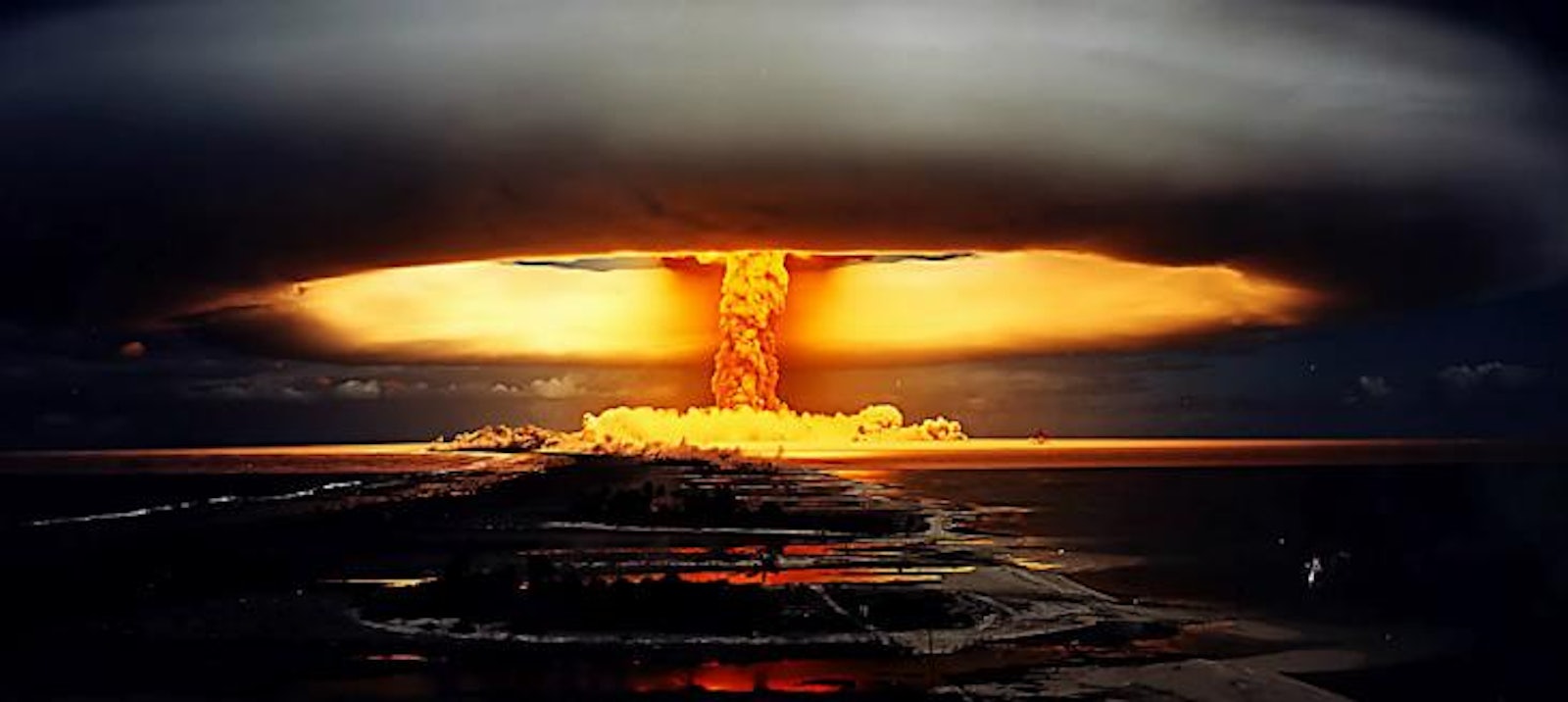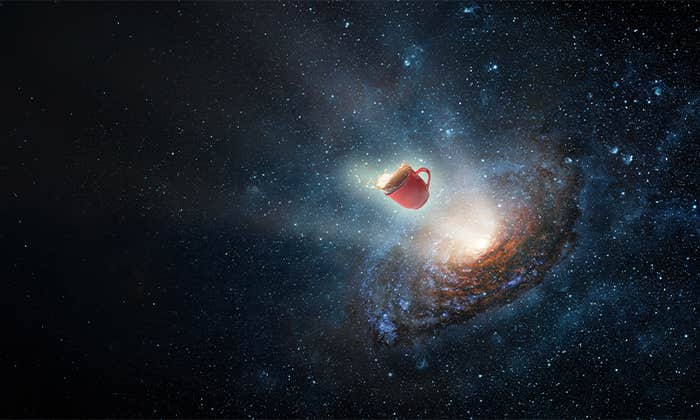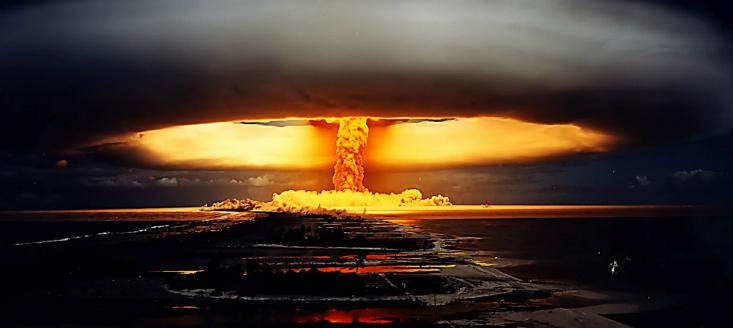
After most of the world’s nations signed the Comprehensive Nuclear-Test-Ban Treaty, in 1996, they set up a new commission to watch out for clandestine explosions. Since then the commission (CTBTO) has wired the world with hundreds of seismometers, infrasound detectors, radionuclide sniffers, and underwater microphones. The stations send their data to the CTBTO’s headquarters in Vienna, Austria, where it is analyzed for signs of a secret bomb. But the system keeps picking up other things, too—which is sometimes a problem for the system and sometimes a boon to science. Here are some of the things that can at first seem like nuclear tests:
1. Space rocks: Nuclear explosions create low-frequency sound waves that humans can’t hear; that’s why the CTBTO has put 60 infrasound detectors all over the world. They’re actually microbarometers, which measure changes in air pressure caused by infrasonic waves.
But nuclear explosions aren’t the only things that make such waves. The biggest infrasound event that the system ever picked up—bigger even than recent nuclear tests—was the meteor that exploded over Chelyabinsk, in Russia’s Ural Mountains, in February of 2013. Twenty of the commission’s infrasound stations picked up the blast, including one in Antarctica, showing just how far these low-frequency sound waves can travel. The shockwave circled the globe twice, and the bomb-detecting instruments continued to pick up infrasound waves for three days.
How could they tell it was a fireball rocketing through the atmosphere rather than an explosion? With the infrasound detectors, “we can see the change in direction as the meteorite moves towards the earth. It’s not a single explosion; it’s burning, traveling faster than the speed of sound,” said CTBTO acoustic scientist Pierrick Mialle in a press release at the time. Scientists around the world have been using the CTBTO’s data to study the event.
Cool fact about infrasound waves: the aurora—the high-latitude light display, also called the northern lights, caused by charged particles from the sun hitting the atmosphere—also generates them. The CTBTO’s instruments pick those up too, and atmospheric scientists study the data.
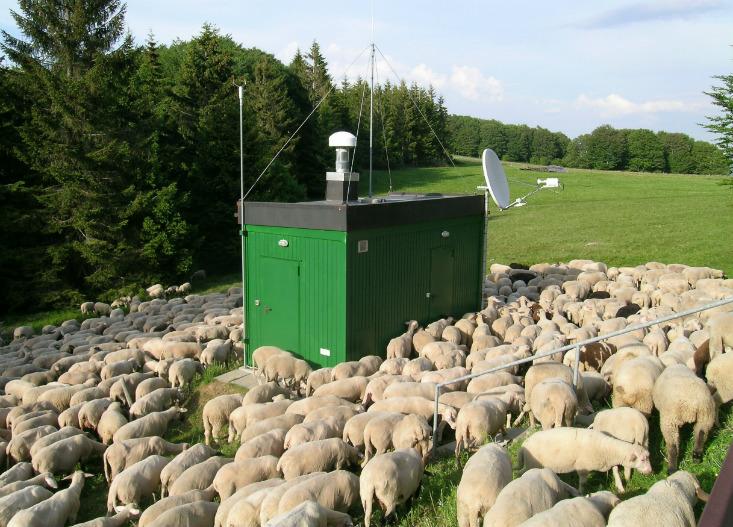
2. Whales: The CTBTO’s hydroacoustic detectors listen for sounds in the ocean. The commission installed only 11 of them because sound propagates so well in water. The underwater microphones are designed to pick up signals from nuclear explosions in the water, on islands, or at low altitude over the ocean. But, awesomely, whale calls sound enough like nuclear explosions to register. So scientists are using the commission’s hydroacoustic data set to monitor whale populations.
For example, an Australian university has a project to study blue and humpback whales. The scientists use CTBTO data, along with other hydroacoustic data sets, to determine how climate change is affecting whale abundance and migration patterns in the waters around Australia.
And speaking of climate change, the hydroacoustic stations can also hear when ice shelves break up. So we will never have to ask the question: If an ice shelf calves off in the ocean and no one is around to hear it, does it make a sound?
3. Tsunamis: The CTBTO’s seismic network is its biggest, with 170 stations. Combined with the hydroacoustic network, it can help predict tsunamis before they hit. After the devastating Indian Ocean tsunami of 2004, the comission began disseminating data directly to tsunami warning centers. So when an enormous earthquake occurred off the coast of Japan in 2011, causing the tsunami that lead to the Fukushima nuclear power plant crisis, the CTBTO sent data from about 20 seismic and hydroacoustic stations to seven tsunami warning stations in the Pacific. Although many perished in the disaster, the CTBTO data helped Japanese authorities issue tsunami warnings within minutes of the earthquake, allowing many people to escape to high ground.
4. Nuclear-power-plant disasters: The CTBTO has 80 radionuclide stations around the world to pick up a nuclear test’s radioactive isotopes, which wind would disperse around the globe. Many of these particles are the same as those released when nuclear power plants melt down. In 2011, the Fukushima Daichii plant melted down, commission collected data on the radioactive plume and sent it to member states, some of which then released it to the public, allowing the international community to assess the potential threat. (The CTBTO can’t release data directly to the public unless it has a mandate from its member states.)
Normally the commission would use atmospheric modeling to track particles back in time and space to find the source; this time, they used the models to project forward, predicting where the particles would go and ultimately reassuring people on the West Coast of the United States and in other countries. If you saw animations of the plume on TV, it was probably from the CTBTO.
5. Medical-isotope manufacturing: Radioxenon, a noble gas, is often said to be the “smoking gun” of clandestine nuclear explosions, the clearest sign that the blast had a nuclear origin. What’s more, while secret underground blast sites could easily contain many radioactive particles, the noble gas can seep through fissures into the atmosphere and travel around the world. That’s why the CTBTO is in the process of adding 40 noble gas detectors to radionuclide stations around the world.
Unfortunately, a more benevolent activity has a radioxenon signature that’s very similar to that of nuclear explosions: medical isotope manufacturing. In 2006, radioxenon detectors in Alaska sniffed noble gases from a 2006 North Korean test, but scientists had to work extra hard to distinguish the bomb’s signals from those emitted by a large medical-isotope manufacturer nearby.
And we want those medical isotopes: Doctors use them for things like cancer imaging and treatment, and the radioxenon byproduct is far too small to be harmful to health. But manufacturers could do more to contain the emissions, and some are even signing voluntary cooperation pledges with the CTBTO to be more careful. The most recent signatory is NorthStar, an isotope manufacturer in the United States that has come up with a manufacturing process that releases no radioxenon at all.
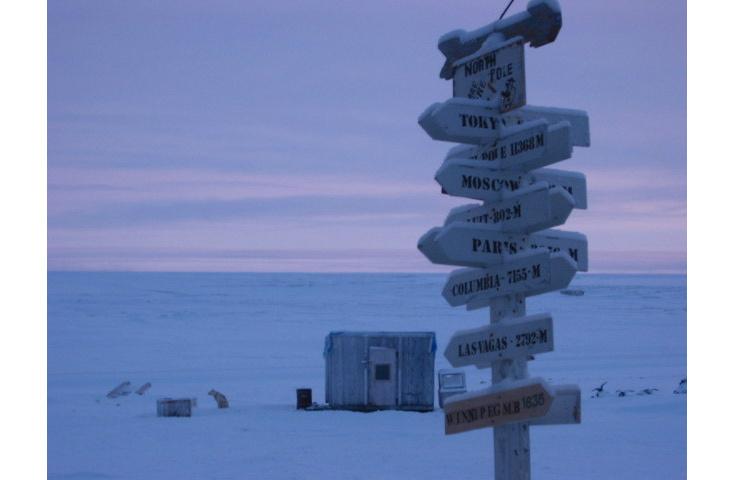
6. Clandestine nuclear explosions: These are the only things that sound, move and smell like nuclear explosions. In 2013, the CTBTO was able to confirm that North Korea had tested a nuclear bomb underground. (Which North Korea itself announced to the world.) The first signals were seismic and infrasonic. Then, 55 days later, a station in Japan picked up radioxenon emissions that were characteristic of nuclear explosions. Bingo.
So what happens if this global alarm system detects a clandestine nuclear test? Since the Comprehensive Nuclear-Test-Ban Treaty isn’t legally in force (it’s lacking signatures and/or ratification from eight nuclear states, including the U.S.), testing isn’t officially banned under international law, although there is a de facto moratorium. Still, the CTBTO’s detection system means that no country can develop a nuclear bomb in secret.
All the other things that system helps with? Those are just gravy.
Chelsea Wald is a freelance science writer and editor who lives in Vienna.















